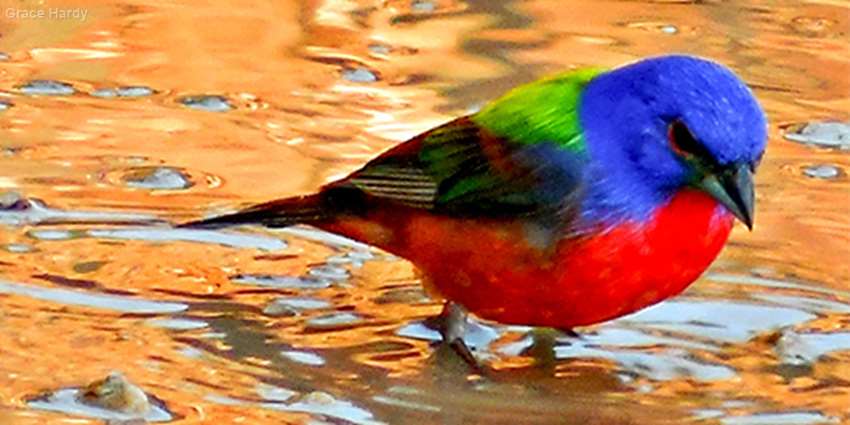The Texas Water Journal published an article in the Volume 10, Number 1, 2019 issue titled “A Tool for Rapid Assessment of Hydrological Connectivity Patterns in Texas Coastal Wetlands: Linkages between Tidal Creeks and Coastal Ponds” by Todd M. Swannack, Jeffrey R. Wozniak, William E. Grant and Stephen E. Davis III.
The article discusses how a matrix of intermittently connected coastal wetland habitats, or coastal salt marshes, are affected by being hydrologically isolated or partially drained at any given time, depending on the frequency and magnitude of hydrological connection. The authors describe a 13-month field study in the Guadalupe Estuary of the Texas Gulf Coast that linked hydrological connectivity patterns between a saltwater pond to water levels in an adjacent tidal creek and nearby San Antonio Bay. This field data was then integrated with high-resolution digital elevation models (DEM) and environmental parameters to develop a model that is a Simulation of Landscape-level Oscillations in Salt Marsh Hydroperiod (SLOSH), according to the abstract. By simulating the pulsing structure of salt marsh hydrology, SLOSH creates the foundation on which to assess how additional drivers (precipitation, wind, freshwater inflows, etc.) can influence coastal marsh hydrology and overall ecology.
The journal, an online, peer-reviewed journal published by the nonprofit The Texas Water Journal and the Texas Water Resources Institute, publishes papers as they are complete. It is devoted to the timely consideration of Texas water resources management, research and policy issues from a multidisciplinary perspective that integrates science, engineering, law, planning and other disciplines. It also provides updates on key state legislation and policy changes by Texas administrative agencies.
Subscribe to receive emails when papers are published.

